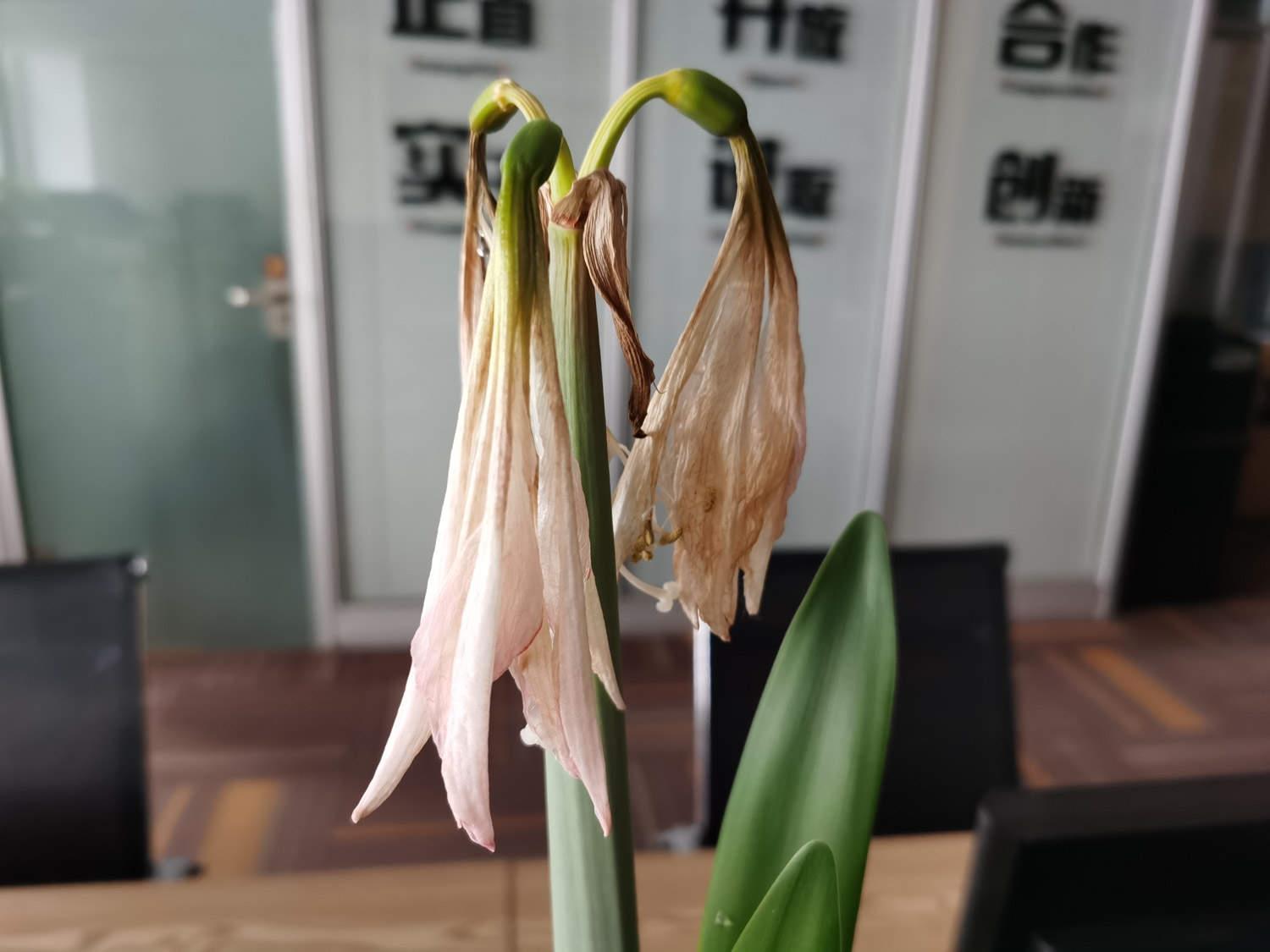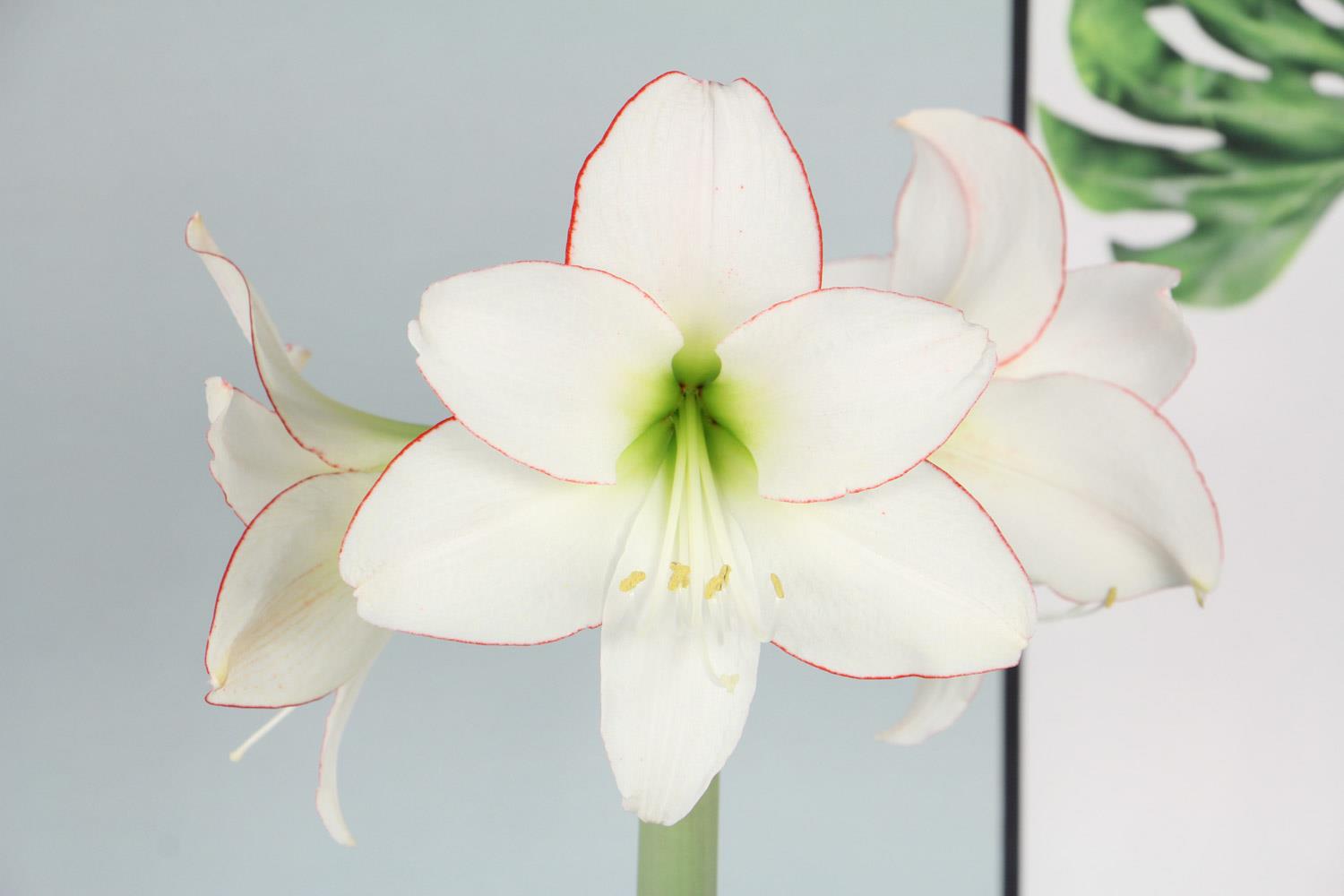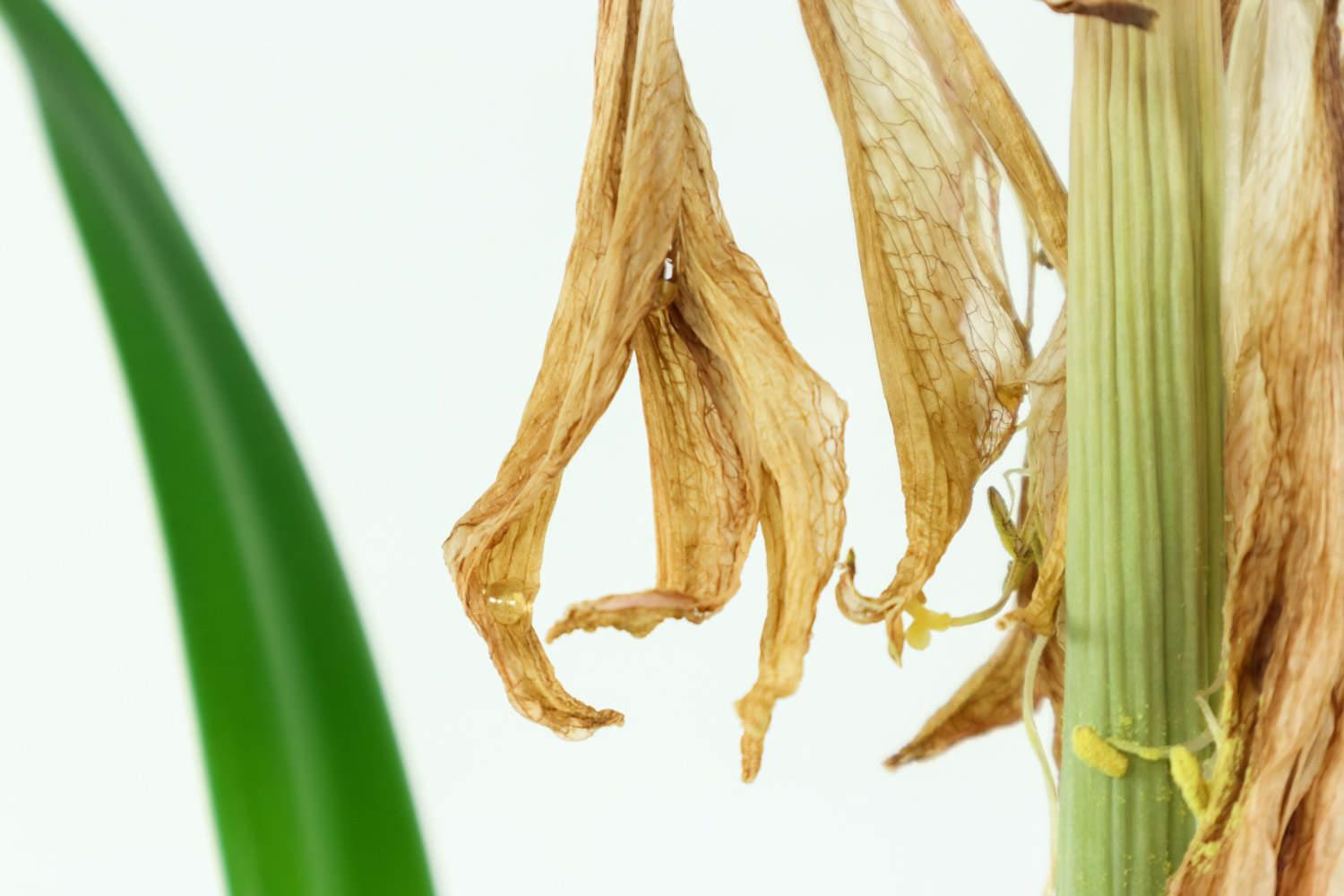Tips for growing amaryllis flowers
Last Update :2024.12.31
Article Catalog
Don’t water too frequently during maintenance to avoid water accumulation. Water until water flows out of the bottom of the basin every time. It likes light, so it should be placed where the sun can shine. Only when the flower buds are exposed to more light can they differentiate better. The temperature should also be controlled, preferably between 18 degrees and 22 degrees. During the growth period and before flowering, fertilize frequently to supplement nutrients. In addition, the pot should be repotted every spring.

1. Water appropriately
1. Water appropriately
Don’t water too frequently during maintenance, and don’t allow water to accumulate. However, water should be poured every time until water flows out from the bottom of the basin. . After the temperature drops in winter, the plants will enter a dormant period. At this time, they will stop growing and watering must be stopped. Only when the soil is dry can they successfully survive the winter.

2. Sufficient light
Maintenance During this period, the plants should be placed in a place with sunlight. Only with sufficient sunlight can the flower buds differentiate better and the flowers bloom more colorfully. However, attention should be paid to scattered light. Strong light will burn the plants and is detrimental to growth.
3. Suitable temperature
Although it likes a warm environment, it still needs to be cooled down when the temperature is high. In summer, sprinkle more water for ventilation and lower the temperature. It is most suitable to provide a temperature between 18 degrees and 22 degrees, which is beneficial to growth.

4. Reasonable fertilization
Cultivation Fertilizer should be added frequently, especially during the growth period and before flowering. During the growth period, diluted fertilizer should be applied once a month to meet its nutrient needs. Phosphorus and potassium fertilizers should be applied in summer to promote flowering. Be careful to stop fertilizing during the dormant period in winter to avoid root burn.

5. Change pots regularly
It should be repotted every spring and replaced with new soil. The soil should be loose and contain humus. You can mix sandy soil, leaf humus soil and compost. Sufficient nutrients will be more beneficial to later growth. In addition, it is best to combine root pruning at the same time. Cut off rotten and old roots to better absorb nutrients.
2. Sufficient light
3. Suitable temperature
4. Reasonable fertilization
5. Change pots regularly
- END -
A 10-year-old succulent pile and a bonsai that are more beautiful than a hundred years old are so sh

The most enviable thing about raising succulents is to grow waterfalls and old pil...
Characteristics of sunflowers

Appearance characteristics: Sunflowers are 1-3.5m tall, with broadly oval leaves a...